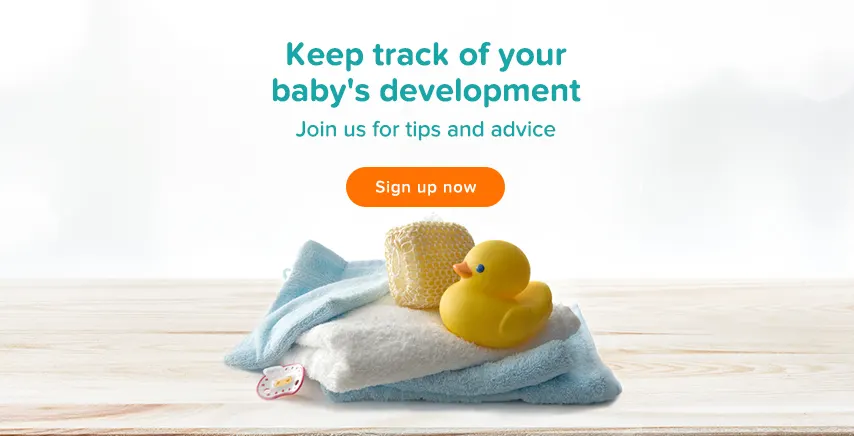Step-by-Step Potty-Training & Tips
Potty-training is one of the major accomplishments of early childhood. But before your child can master it, he has to be both biologically and emotionally ready. Different children are ready at different ages; the timing has nothing to do with their intelligence, personality or motivation.
Potty-training involves putting together a set of individual skills in a certain order, such as being able to interpret the signals your body is giving you, undressing, having some control over your bowels and bladder, and washing your hands. Your child should have at least some of these skills mastered before starting potty-training, or you'll both become frustrated.
Here are three steps that can help your child maximise his success.
1. Preparation
Get a potty. Many children feel more secure starting with one that sits on the floor rather than one that sits on top of the toilet. It's less scary, and it gives them the security and balance that comes with being able to put their feet securely on the floor.
Put the potty in a place that's convenient to where your child spends most of his time. It doesn't have to be in the bathroom; you could keep it in a corner of your playroom. Ease of access is important in the beginning.
Let your child explore the potty and become familiar with it. Let him know that it's special and it's just for him.
2. Learning
Have your child practise sitting on the potty with her clothes on once or twice a day. Let her get up whenever she wants. Your goal is to help her become comfortable with it.
Praise your child for each step, even the small ones and the ones that aren't completely successful. Stay upbeat. Remember that this is her accomplishment, not yours.
Once she's comfortable sitting on the potty with her clothes on, have her practise sitting on it with her clothes off. This helps her to become familiar with the concept of removing her clothes before going to the toilet. It also lets her feel what the seat is like next to her skin.
After a few days, when your child has a bowel movement in her diaper, have her watch you put it into the potty so that she can see where it should go. Explain to her that this is where wee and poo belong. (Children this age are also mastering the idea that certain things go in certain places.)
Look for signs that your child needs to urinate or move her bowels. Some children will tell you in so many words. Others will grimace or grunt or get into a particular position. When that happens, ask her if she needs to go.
Let your child see you sitting on the toilet. Let her sit on her potty at the same time, if it's in the bathroom. It's easier for boys if they first learn to urinate while sitting down. If they begin by standing up, sometimes they'll resist sitting down to have a bowel movement; it's too confusing.
Have her practise washing her hands with soap and water every time she gets off the potty, even if she doesn't do anything.
Keep your child in easy-to-remove clothing, such as trousers that she can simply pull down without having to unbutton anything, or a dress or skirt. That increases the likelihood of success. Alternatively, begin by letting her run around the house for a few days without any trousers on. Offer to remind her every hour to try using the potty. This will help her learn to interpret the signals that her body is giving to her.
Share what you're doing and how you're doing it with the other caregivers in your child's life, such as babysitters and grandparents. That way your child will have consistent expectations and support, which will make things easier.
Never leave your child in wet or soiled diapers as a way of 'training' her. That only makes matters worse.
3. Reinforcement
Give your child lots of praise at each stage of learning. It's also a good idea to praise him whenever he tells you he has to use the potty, even if you've just asked him the question.
Expect him to make mistakes, especially in the beginning. Don't get angry; that will just make things take longer. If he resists trying something new, it probably means he's not ready yet. Simply back off and try again in a few days or even weeks.
Once your child has been successful for a few days, start making the change to underwear. Some children feel more secure in diapers or training pants; others can't wait for 'big boy' or 'big girl' underwear. Let your child's reaction guide you in how quickly you make the change.
Remember that some young children are frightened by the sound and actions of a flushing toilet. If he's bothered by it, don't force him to flush; do it after he leaves the room. That fear usually goes away in a few months.
Be consistent with preparation, learning and reinforcement, and you will be surprised how soon you will get rid of those diapers for good!

